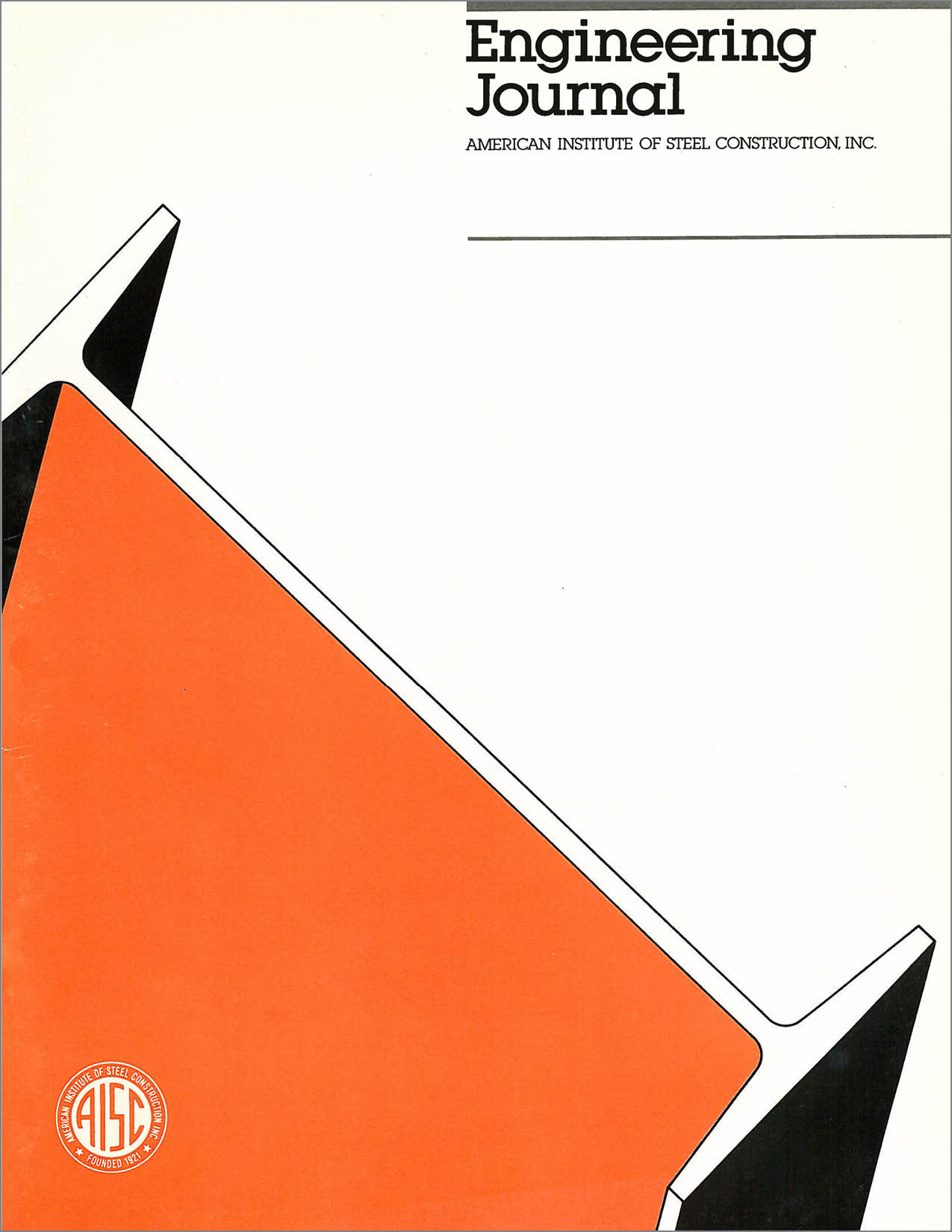A Practical Approach to the Leaning Column
DOI:
https://doi.org/10.62913/engj.v31i4.634Abstract
The "leaning" column has existed as an element in steel structures from the time steel frames were first constructed. The simplest form of a leaning column is a pin-ended column which has no lateral stability of its own; thus, it relies on other parts of the structure to provide for its lateral stability and the lateral resistance for the entire frame. The impact of leaning columns on the lateral stability of the unbraced frames to which they are attached must be accounted for in design. This paper will look at practical ways to account for leaning columns through the use of K-factors in both LRFD and ASD design. It should be clear that the leaning column is a consideration that results from the structural framing, not from the use of ASD or LRFD. It is also clear that accounting for the total lateral resistance in a frame may lead to reduced column sizes with their accompanying savings. Although the Yura approach does, for some conditions, give what appears to be overly conservative results, it can readily be modified to yield the Lim & McNamara approach which provides sufficiently accurate results for design. This was shown even for those cases reported in the literature for which the Yura approach is overly conservative.

